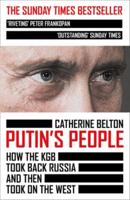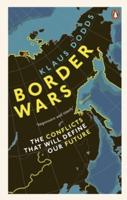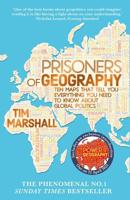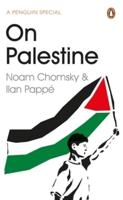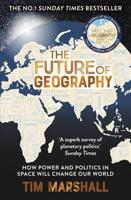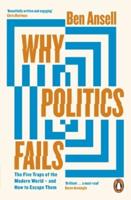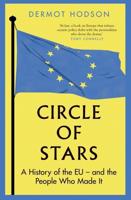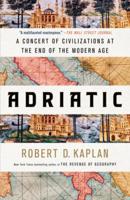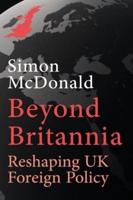Publisher's Synopsis
Since the end of the Cold War, thinking about space deterrence at the nuclear threshold has been virtually ignored as unrealistic and unthinkable. However, with the advent of a second nuclear age, where multiple players are now finding renewed utility in thermonuclear weapons coupled with proliferated missile technology and space access, the former concepts of escalation control, and recent concepts like space mission assurance and resilience, may not be sufficient to deter nuclear threshold space deterrence scenarios propagated by rogue states. Using comparative analysis and theory testing methodology, this research will explore the history of United States' posture and thoughts regarding space and nuclear deterrence with an alternative framework for space deterrence: a tiered, tailored framework. A more tailored approach, based upon strategic cultural and behavioral analysis behind force postures of offensive space superiority and damage limitation capability enable a more flexible and survivable posture for Tier 1 space deterrence in the second nuclear age.

